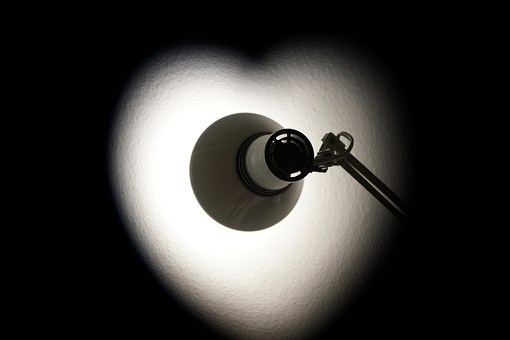LIGHTING CALCULATION FOR WHAT IT IS AND HOW TO DO IT
The lighting engineering calculation is essential for those who want to be sure that they have set up the
LED lighting in a room correctly. Whether it's a local, a restaurant or a home, it doesn't matter. The lighting engineering calculation will help you establish a whole range of information that would otherwise be left to chance. In fact, with a small formula, it is possible to know the number of lamps needed for correct visual quality. However, we cannot make a lighting calculation without first having made certain choices. The thing that most influences this calculation is certainly the size of the environment in question. Depending on the size, we will have a different result. Even the color of the walls then greatly affects the lighting engineering calculation. A light wall will need fewer lamps, while a dark one will need more light to illuminate it.
How to perform the lighting engineering calculation for interiors
To perform the lighting engineering calculation correctly we need some data. We need to get the technical data sheet of the chosen lamps, where we will find the values we need. The first is the factor Use U. This is closely related to the construction characteristics of the lamp in question. Moreover, it also depends on how it distributes light in space, or indirectly, directly or mixed. Another important fact is obviously the area of the environment we are studying. Then it will serve the factor M Maintenance. This factor is influenced by the aging of the lamp over time, in addition to periodic maintenance and cleaning. Finally, the Reflection Coefficient r. The latter will have a lower value for dark walls and more for walls with light walls. Once we have obtained all these values, we have the ingredients to perform the lighting engineering calculation. We apply the data to a fairly simple formula that is useful for calculating the total luminous flux.
The formula for lighting engineering calculation
Simply multiply Em, or the average desired illuminance measured in lux, for the surface S of the environment to be illuminated, measured in square meters. So let's divide the result by the product between the Usage Factor U and the Maintenance Factor M. If we are interested in knowing how many lamps we will need to properly illuminate our environment, the procedure is very simple. We divide the total luminous flux by the power of the chosen lamp. This last value is found on the packaging of the lamp itself. Although apparently, the calculation seems a bit complicated, in reality, it is very intuitive. Regardless of data, numbers, and operations, we must remember that common sense always wins. This means that if we make the preliminary choices correctly, we will find greater ease in the lighting engineering calculation.

Comments
Post a Comment